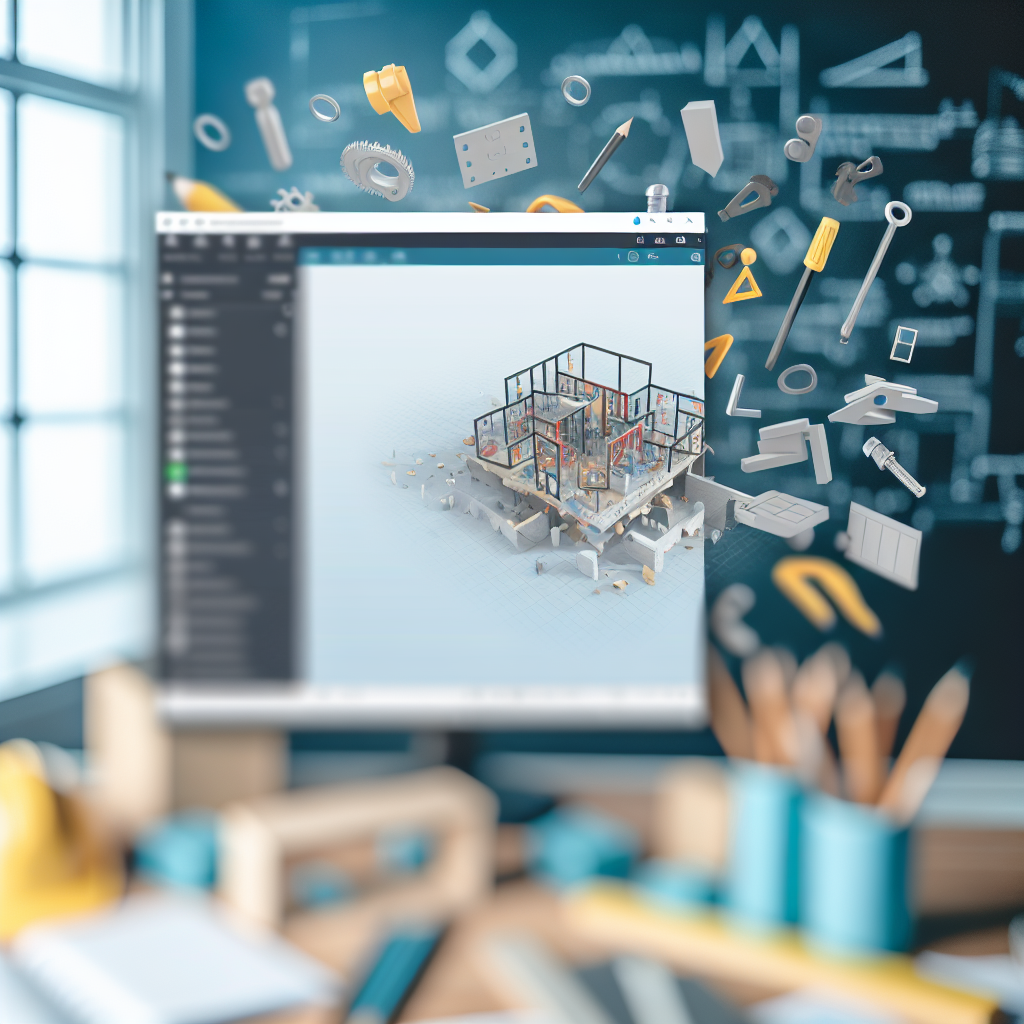Autodesk Revit 2026 introduces a suite of innovative features and enhancements designed to streamline architectural design, improve collaboration, and boost productivity. In this article, we will explore the key updates in Revit 2026, focusing on new tools, performance improvements, and how these changes can benefit users in the AEC industry.
Enhanced Collaboration and User Experience Features
Revit 2026 places a strong emphasis on facilitating better collaboration among project teams. New cloud-based workflows now allow multiple users to work on the same model simultaneously with improved synchronization, reducing conflicts and saving time. Additionally, the user interface has been refined for a more intuitive experience, with personalized workspaces and customizable ribbons that adapt to individual workflows.
One prominent update is the introduction of **Real-Time Model Sharing**, which leverages Autodesk’s cloud infrastructure to enable instant updates and feedback during design reviews. This feature minimizes errors caused by outdated data and accelerates decision-making, leading to more efficient project delivery.
- Cloud-based collaboration tools for real-time updates
- Streamlined, customizable user interface
- Improved model synchronization and conflict resolution
Innovative Modeling and Analytical Capabilities
Revit 2026 expands its modeling toolkit with advanced features that support more precise and complex designs. Enhanced parametric capabilities now allow for dynamic adjustments to architectural elements, making it easier to iterate conceptual designs quickly. The update also introduces **Smart Analytical Tools** that integrate structural and energy analysis directly within the Revit environment, facilitating sustainable and code-compliant designs.
Moreover, the software now supports greater interoperability with other Autodesk products like Civil 3D and Dynamo, enabling seamless data transfer and automation. This integration empowers architects and engineers to explore innovative solutions, optimizing building performance from conceptualization to construction documentation.
- Enhanced parametric and adaptive modeling tools
- Built-in structural and energy analysis tools
- Improved interoperability with Autodesk ecosystem and third-party apps
Conclusion
Revit 2026 marks a significant step forward with its focus on collaborative workflows, advanced modeling, and integrated analysis tools. These updates enable professionals to work more efficiently, produce higher-quality designs, and incorporate sustainability considerations seamlessly. Embracing these new features can greatly enhance project outcomes, positioning Revit as an essential tool for innovative architectural and engineering projects.
